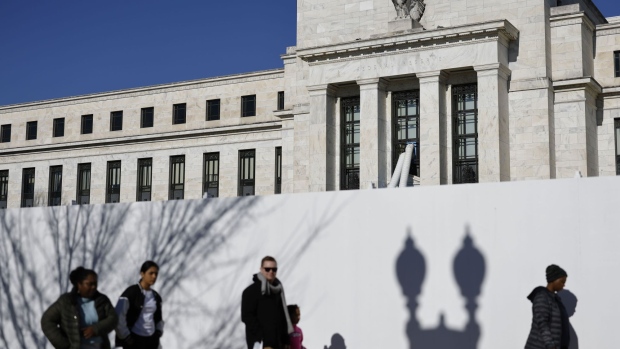Mar 13, 2023
It’s Low Rates, Not Fed Tightening, That Caused SVB Collapse
, Bloomberg News

(Bloomberg) -- When any entity in the global economy goes under, it’s traditional to blame policy tightening — and it’s no different following the collapse of Silicon Valley Bank.
But the truth is actually the opposite: it’s those low global interest rates for way too long that prevailed in the run-up and in the immediate aftermath of the pandemic that spawned complacency. When the top end of the Federal Reserve’s benchmark was a mere 0.25%, the European Central Bank’s policy rate was -0.50% and the Bank of England’s a mere 0.10%, it was easy to think that even a rebound in interest rates would be anemic.
Few corporate treasurers would have thought rates could rise screamingly higher — yet that’s precisely what happened. And treasurers who were forced to lock into ultra-low interest rates on key portfolio holdings were left to cop it. Of course, the moment it became clear that interest rates were headed higher, many treasurers would have taken to hedging their holdings using good old interest-rate swaps, but clearly that didn’t happen everywhere as is becoming clear.
We got an initial warning shot about the danger of ultra-low interest rates when the pension fund industry was thrown into turmoil last year in the UK. Extremely low rates had forced them to leverage on swaps, and we know how the gilts’ market was upended last autumn. We have got a fresh taste of it again.
Even so, now isn’t the time the Fed would be considering raising rates by a whole lot for reasons laid out here. The need of the hour is different from the need of the year, so to speak. For those who follow cricket, the approach to a T-20 game is very different from playing a Test match.
- NOTE: Ven Ram is a cross-asset strategist for Bloomberg’s Markets Live. The observations are his own and not intended as investment advice. For more markets commentary, see the MLIV blog
©2023 Bloomberg L.P.






